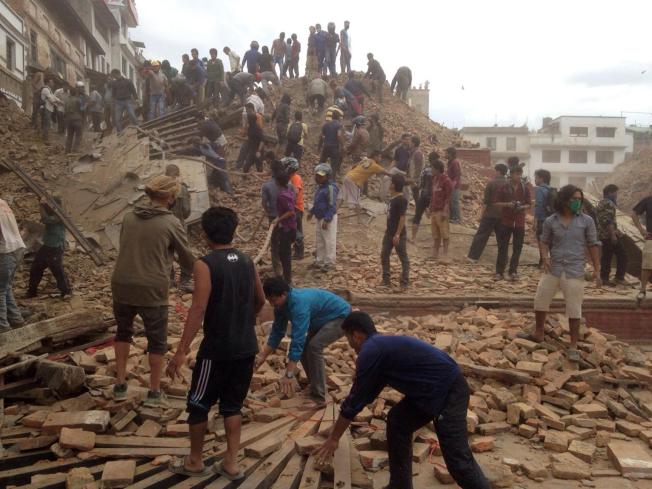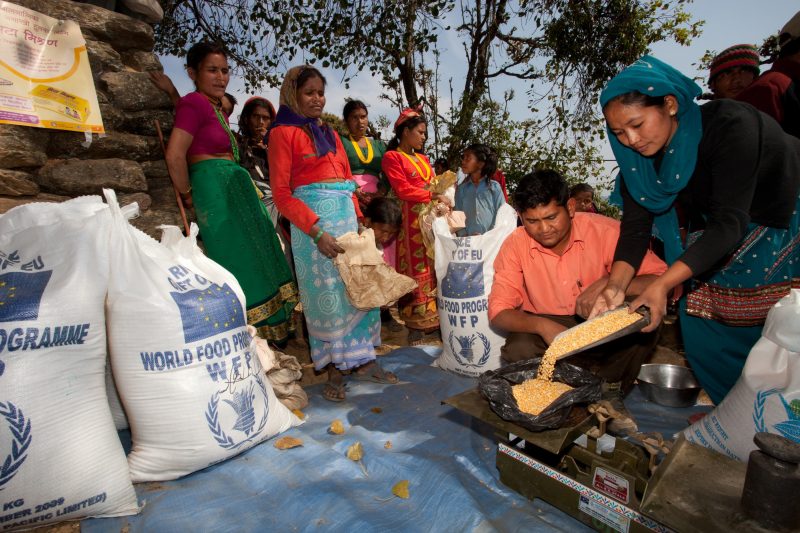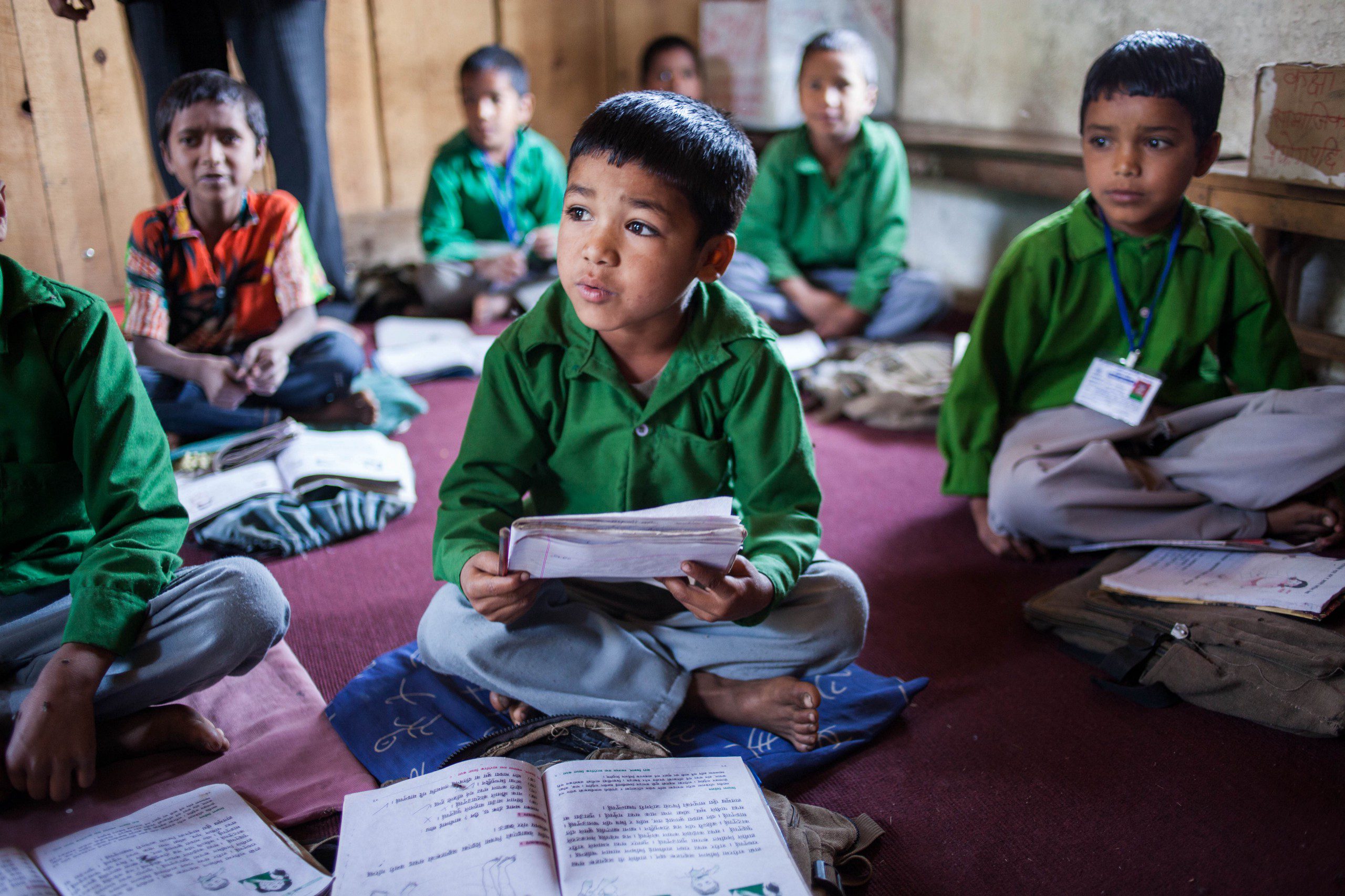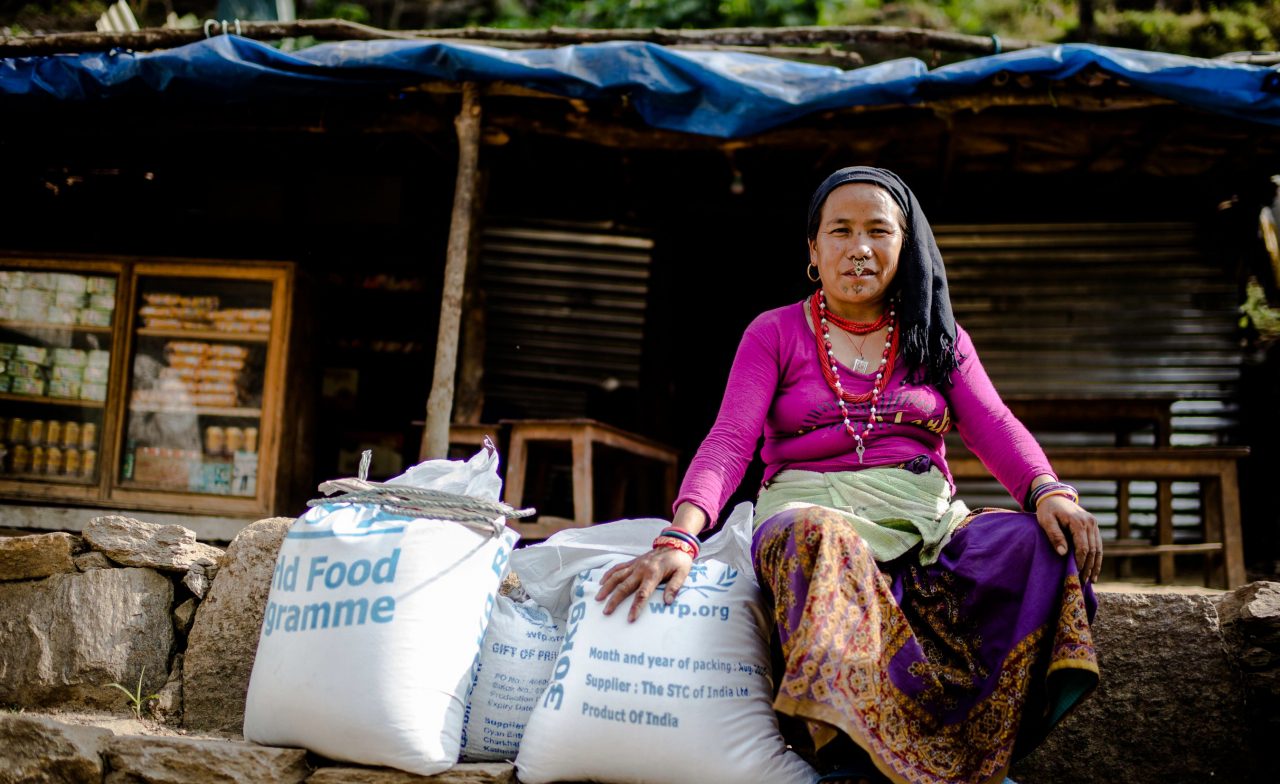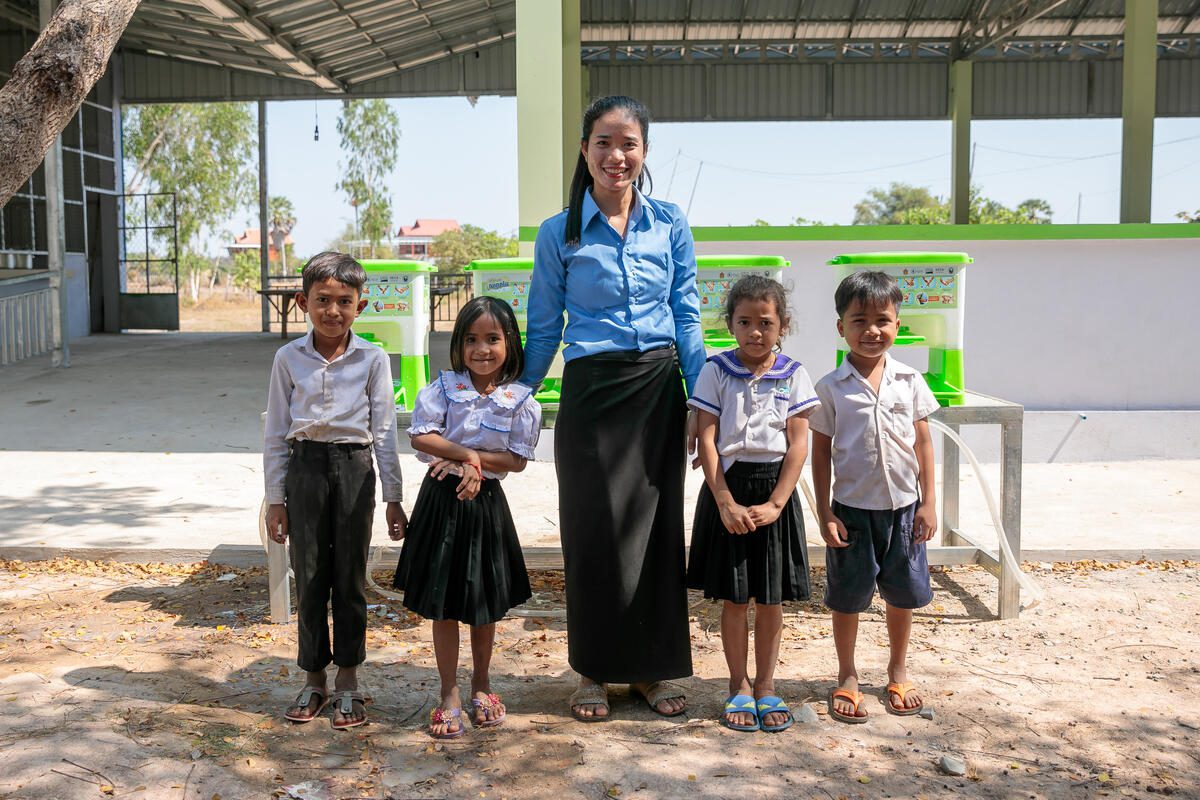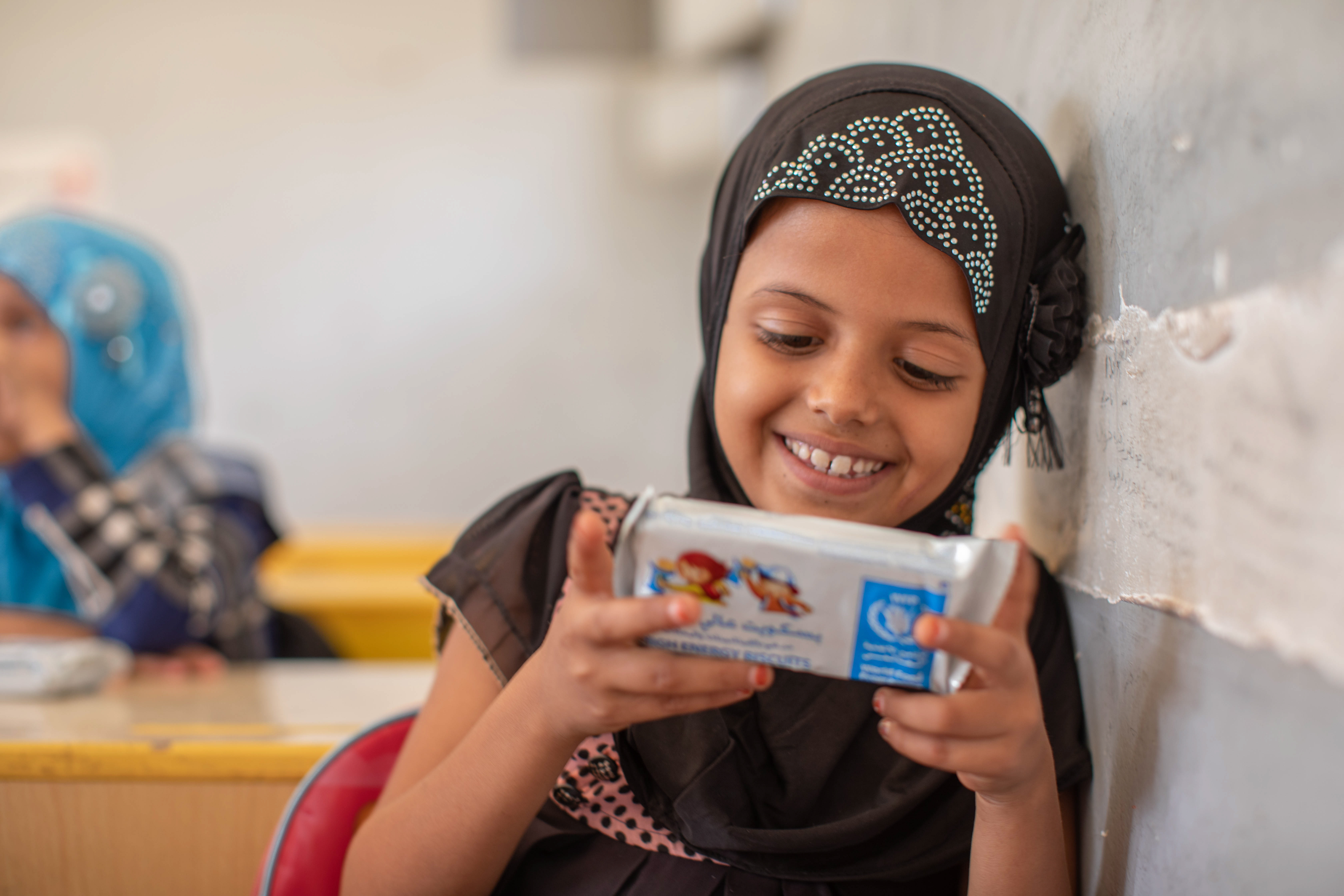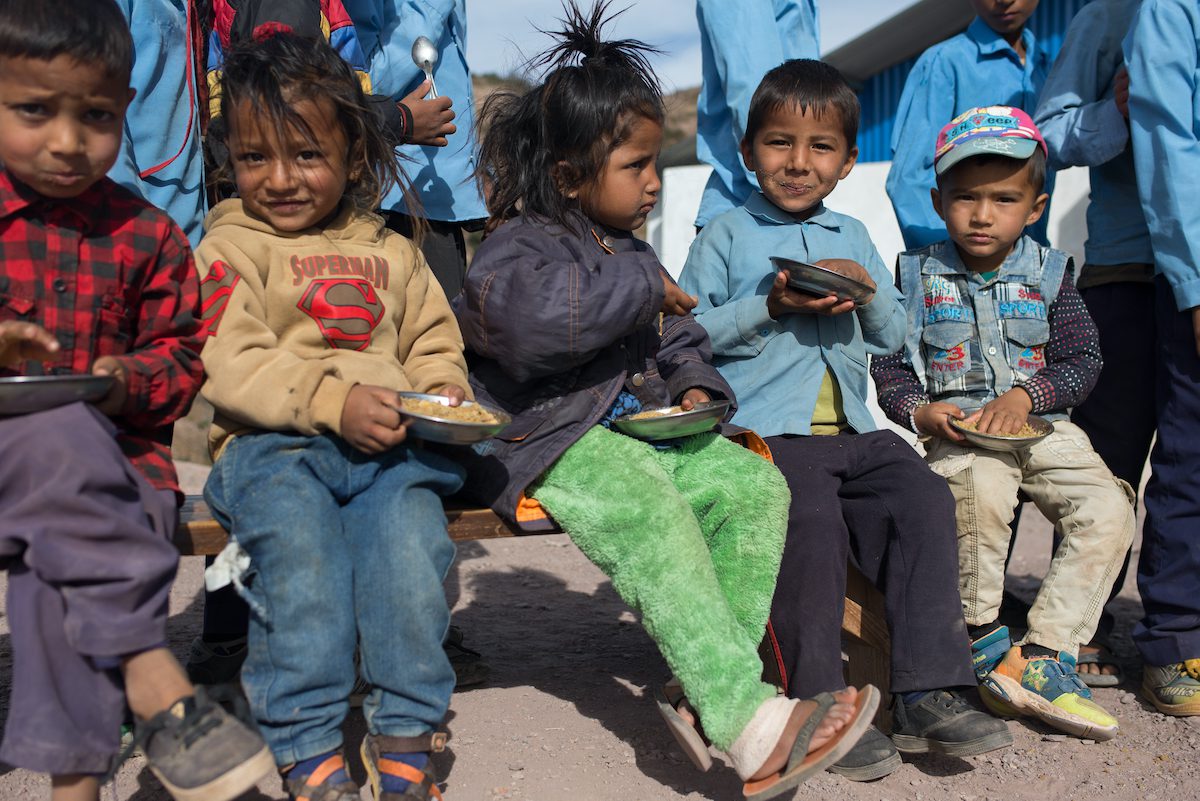Food Insecurity
Nepal is among the world’s poorest countries. One quarter of Nepal’s population live below the national poverty line, on less than $0.50 per day. 10% of Nepal’s children are severely hungry.
Frequent natural disasters negatively affect livelihoods and food security. Nepal’s vulnerability to high food prices, especially in remote mountain areas, exacerbates food insecurity.
You can make a difference. By understanding issues, learning how to civically engage, and joining the movement to end global hunger for good.
